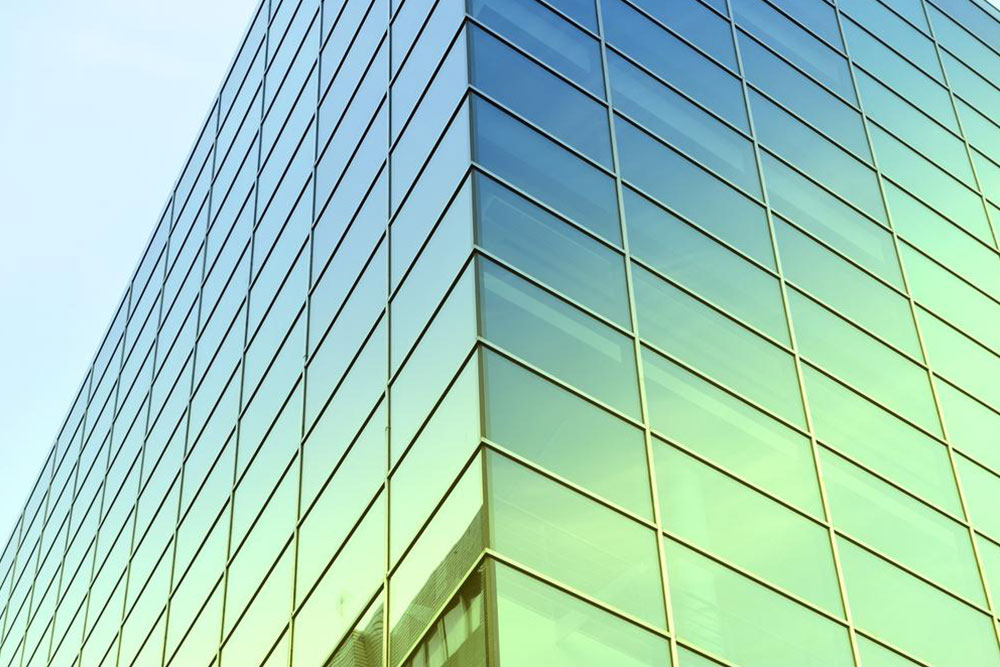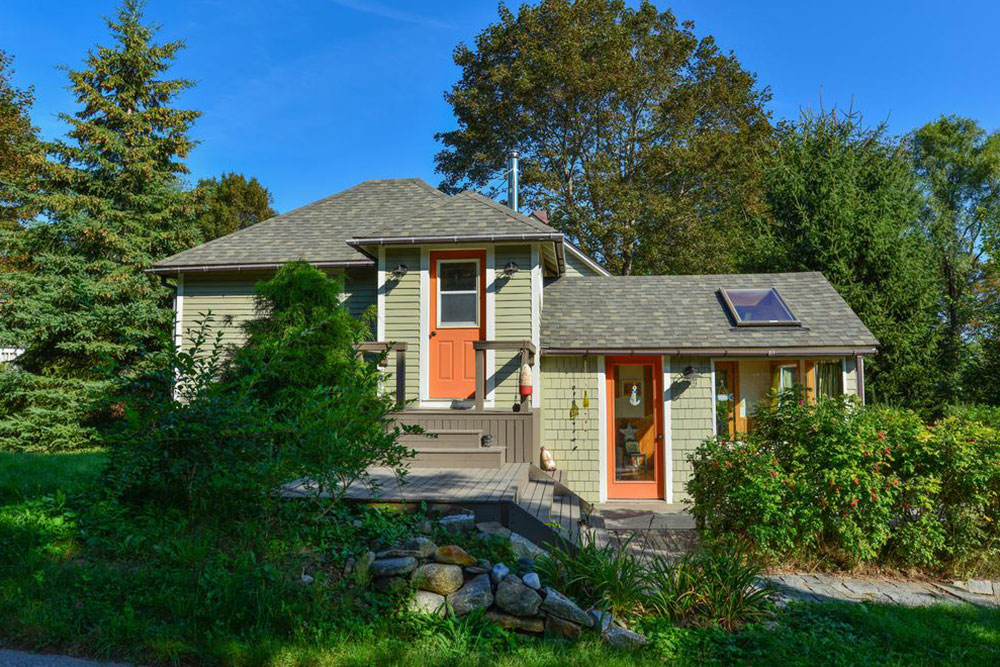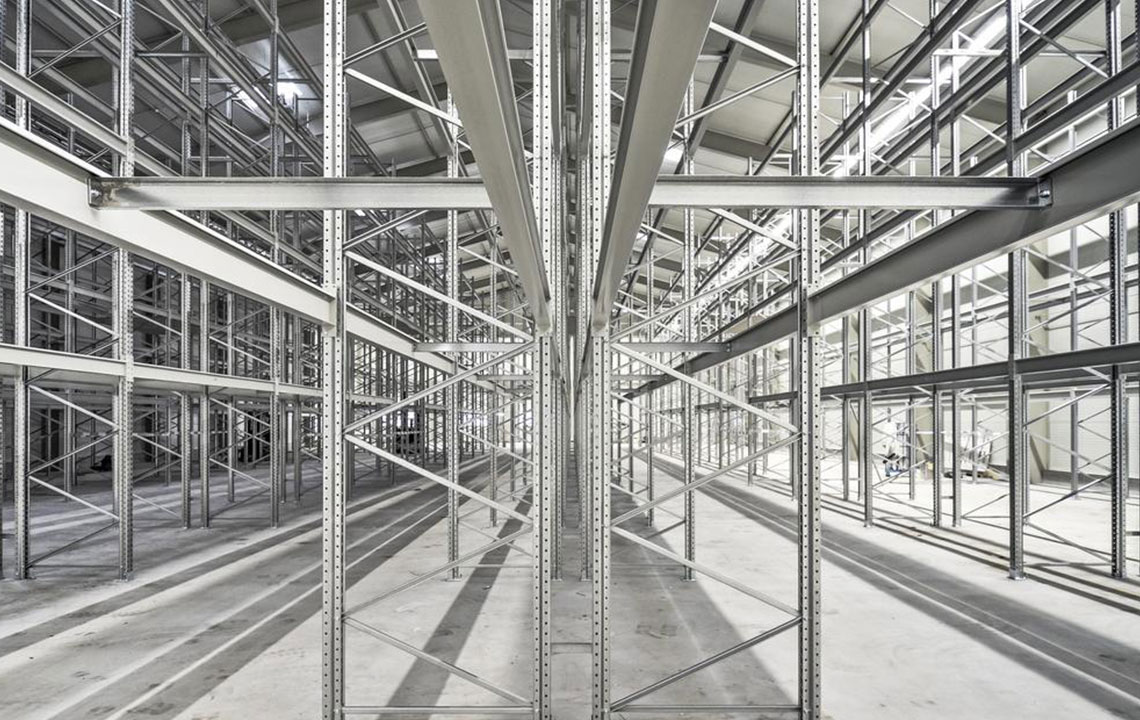Top 4 Advantages of Prefabricated Steel Structures
Explore the top four benefits of prefabricated steel buildings, including their durability, customization, eco-friendliness, and cost savings. These structures are ideal for various applications, offering strength, flexibility, and sustainability, making them a smart choice in modern construction.

Top 4 Advantages of Prefabricated Steel Structures
Prefab or modular steel buildings are constructed in sections at a factory and then assembled on-site. This approach simplifies manufacturing, transportation, and assembly, making it highly cost-effective in the construction sector. The average price for building a commercial steel structure is approximately $20 per square foot. Steel structures also offer superior longevity compared to many other materials, ensuring long-term durability.
Discover the key benefits of choosing prefabricated steel buildings below.
Robustness and Dependability
Steel, a highly resilient metal, can resist various environmental challenges. These buildings are capable of enduring severe weather, from seismic activity to strong winds.
Steel frameworks are resistant to pests like termites and do not suffer from rotting or cracking. They are also fire-resistant and coated with protective layers to prevent rusting, ensuring long-term structural integrity without deterioration from corrosion.
Easily Customizable and Strong
Whether for storage facilities, conference centers, retail outlets, or residential homes, steel buildings can be tailored in production. Their modular nature allows parts to be assembled on-site, often matching the existing environment. Advances in steel manufacturing enable innovative aesthetics, with wall panels, roofing, and framing options that mimic materials such as wood, stone, or brick, all while maintaining strength without excessive bulk.
Environmentally Friendly and Sustainable
Steel is inherently recyclable, with most materials being reused in construction. The building components can be disassembled and melted down, reducing waste sent to landfills. Steel production and construction activities emit minimal toxic gases, promoting sustainability. Additionally, steel buildings are easier to insulate, reducing heating and cooling costs, and modern designs incorporate reflective roofing that diminishes heat emission, benefiting the environment.
Cost-Efficient Construction
The automation involved in manufacturing steel structures significantly cuts labor costs—up to 60%. It also minimizes raw material wastage and shortens construction timelines. Foundations for steel buildings are generally less expensive than those for traditional structures, further reducing overall project expenses.
Note:
Our blog provides a wide range of practical and insightful information across various topics. While our research and data aim to inform, users should consider them as general guidance rather than definitive conclusions. The website is not responsible for discrepancies or updates in data available elsewhere. Additionally, some schemes or offers might not be reflected here but could be more advantageous for your projects.









